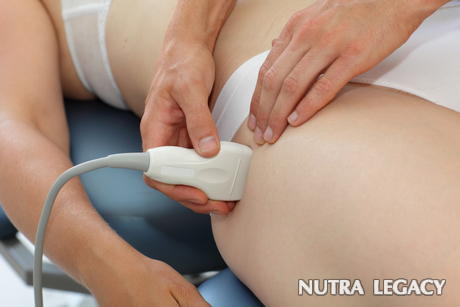Hip Dysplasia: Do You Have It? Can Something Be Done?
Hip dysplasia is a very common disorder that actually often happens at birth and seems to
involve a higher percentage of women. While it can be detected at birth, in some cases, the actual symptoms don’t show up until later in life. It can be the cause of the additional disorder of osteoarthritis in women under fifty. If left untreated, some cases may progress to the point of hip replacement. So what are the symptoms of hip dysplasia and can it be treated without surgery?

Hip dysplasia affects the area where the thigh bone connects to the hip bone (yes, just like the song). In these cases, the connections are often loose, or slightly dislocated. All babies are checked at birth for this disorder and, if caught early, treatment can be accomplished with casts, braces or even at last resort, surgery. The term hip dysplasia refers to a number of potential hip disorder situations. Symptoms can occur in the teen years and sometimes later in life, typically when involved in a sport activity. Doctors are linking genetics to this disorder, as there is a twelve percent increase in chance if one parent has hip dysplasia, compared to six percent of children whose parents do not have the diagnosed disorder. Another interesting fact is that it is most common in females due to the hormone relaxin, which is released during childbirth to loosen the hip area in preparation for the actual birth.
There are a number of symptoms for hip dysplasia. These can include a popping noise when walking or running, uneven leg length or hip height, pain compared to a deep ache in the hip front area. This should not be confused with pain in the side area of the hip, which is typically trochanteric bursitis (inflamed fluid-filled sac, called the bursa). If you think you may have the symptoms of hip dysplasia, the first thing you need to do is get an x-ray to confirm.
So what options do you have if you find out you so have hip dysplasia? The choices are typically age-based. If you are under the age of fifty, a physician may recommend a surgical procedure called osteotomy or possibly periacetabular osteotomy. This is more of a preservation surgery that reshapes the ball and socket of the hip joint to fit together more comfortably. In some cases, screws are set in place, which can be later removed with another surgery. This procedure has excellent results and helps to eliminate the deterioration process. If the cartilage area is too damaged, then hip replacement surgery may be necessary. This is a more drastic process, with a three to five day hospital stay and anywhere from three to six months in recuperation.
While there are some things that you can do as an alternative relief, this disorder is deterioration and will not completely eliminate the above mentioned treatments. Losing weight is one option, as it will lessen the pressure on the hip joint area. Another option is water therapy via an exercise class, which strengthens without stress. If you can take non-steroidal OTC medication that includes ibuprofen, this will assist in reduction of the inflammation and the pain itself.
The information supplied in this article is not to be considered as medical advice and is for educational purposes only.
|
 20 Apr 2012 20 Apr 2012 |
